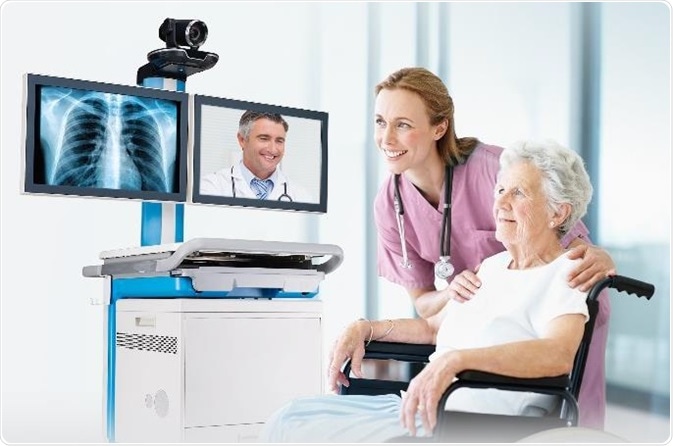AFFORDABLE IMAGING TREATMENT
Radiology has the highest use of telemedicine for patient interactions than any other medical specialty, according to results from a nationally representative survey published in the December issue of Health Affairs by the American Medical Association (AMA).
Data from 3,500 physicians were included in the AMA’s 2016 Physician Practice Benchmark Survey, aiming to “provide needed data that will help assess potential barriers and create strategies to promote telemedicine adoption,” Carol K. Kane, PhD, study co-author and AMA director of Economic and Health Policy Research, said in a prepared statement.
Radiologists (39.5 percent), psychiatrists (27.8 percent) and cardiologists (24.1 percent) had the highest use of telemedicine for patient interactions. For interactions with health care professionals, emergency medicine physicians (38.8 percent), pathologists (30.4 percent) and radiologists (25.5 percent) used telemedicine most frequently.

Medical imaging refers to techniques and processes used to create images of various parts of the human body for diagnostic and treatment purposes within digital health. The term, medical imaging, includes various radiological imaging techniques such as: X-ray radiography. Fluoroscopy. Magnetic resonance imaging (MRI)
Listen to pronunciation. (IH-muh-jing proh-SEE-jer) A type of test that makes detailed pictures of areas inside the body. Imaging procedures use different forms of energy, such as x-rays (high-energy radiation), ultrasound (high-energy sound waves), radio waves, and radioactive substances.
Medical imaging refers to several different technologies that are used to view the human body in order to diagnose, monitor, or treat medical conditions
Radiation oncologists and radiologists earn the highest average salaries in this field. However, students must attend medical school to qualify for these positions. Job candidates can also find lucrative radiology careers with high growth potential in roles that require less education.

